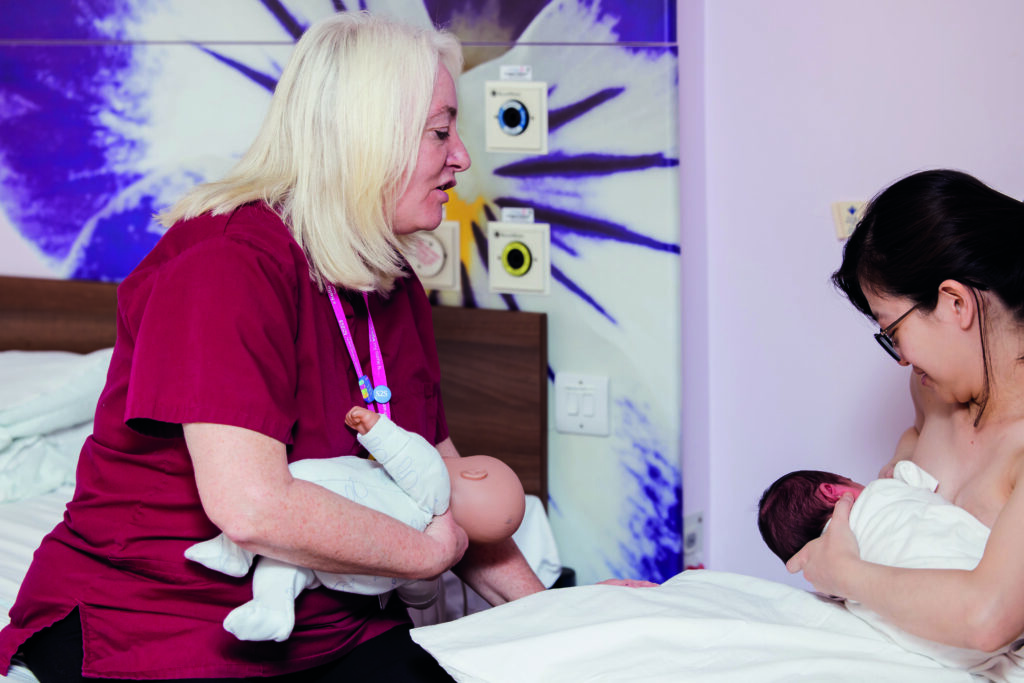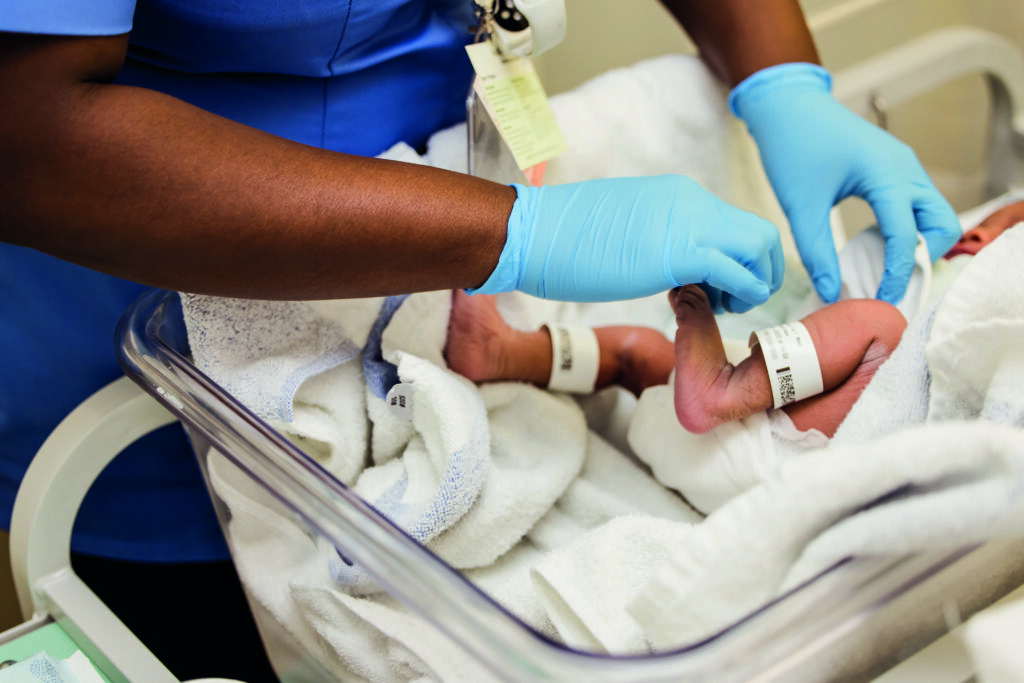A new tool created by Tommy’s aims to reduce pre-term births and stillbirths through improved care of placental dysfunction.
The Tommy’s Clinical Decision Tool, produced at the Tommy’s Centre, has been created in collaboration with the Royal College of Obstetricians and Gynaecologists (RCOG), the Royal College of Midwives (RCM), leading universities, and healthcare professionals including midwives.
It aims to assess the risk of pre-term birth and placental dysfunction more accurately than current methods, and recommends evidence-based care pathways that are accessible for both women and healthcare professionals.
The tool has been produced to support midwives, obstetricians and allied health professionals to reduce pre-term births and stillbirths in the UK, especially for ethnic minority women where levels of pre-term births and stillbirths are particularly high.
As part of a rollout, the Tommy’s Clinical Decision Tool is being piloted across the UK at four early adopter sites. The pilot will evaluate the effectiveness of this tool, with the view to roll it out nationally in the future.
RCM’s Policy and Practice Advisor, Lia Brigante, said: “Essentially, the Tommy’s App is a regulated medical device, an online tool that enables health care professionals to access the latest evidence-based technology and use it to improve risk assessment in antenatal care. The technology used by the Tommy’s device allows us to more accurately identify women with a higher chance of giving birth prematurely or of developing complications that can lead to stillbirth. It is also a source of information for women with links to reliable sources of information for them.”
It is hoped the web-based clinical tool will fill the gap for midwives and healthcare professionals who need more information, resources and support to provide best care for women who may be considered ‘high risk’.
A mixed-methods early implementation evaluation study will be conducted on the tool to determine its effectiveness. More information about the study is open access and available in the BMC open access journal.


